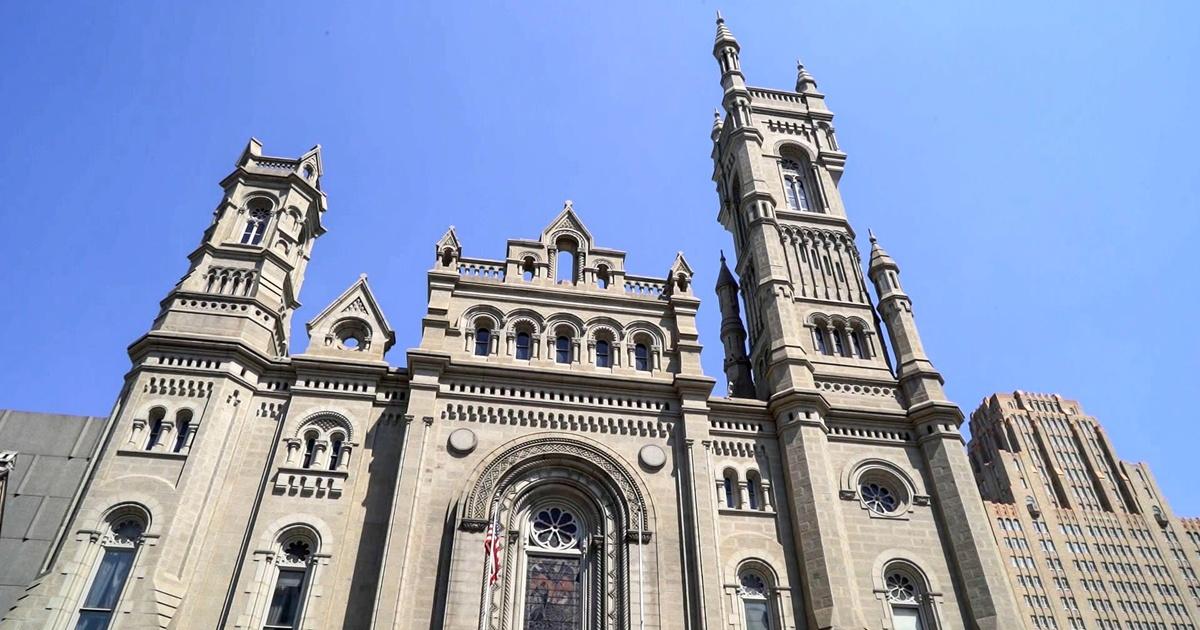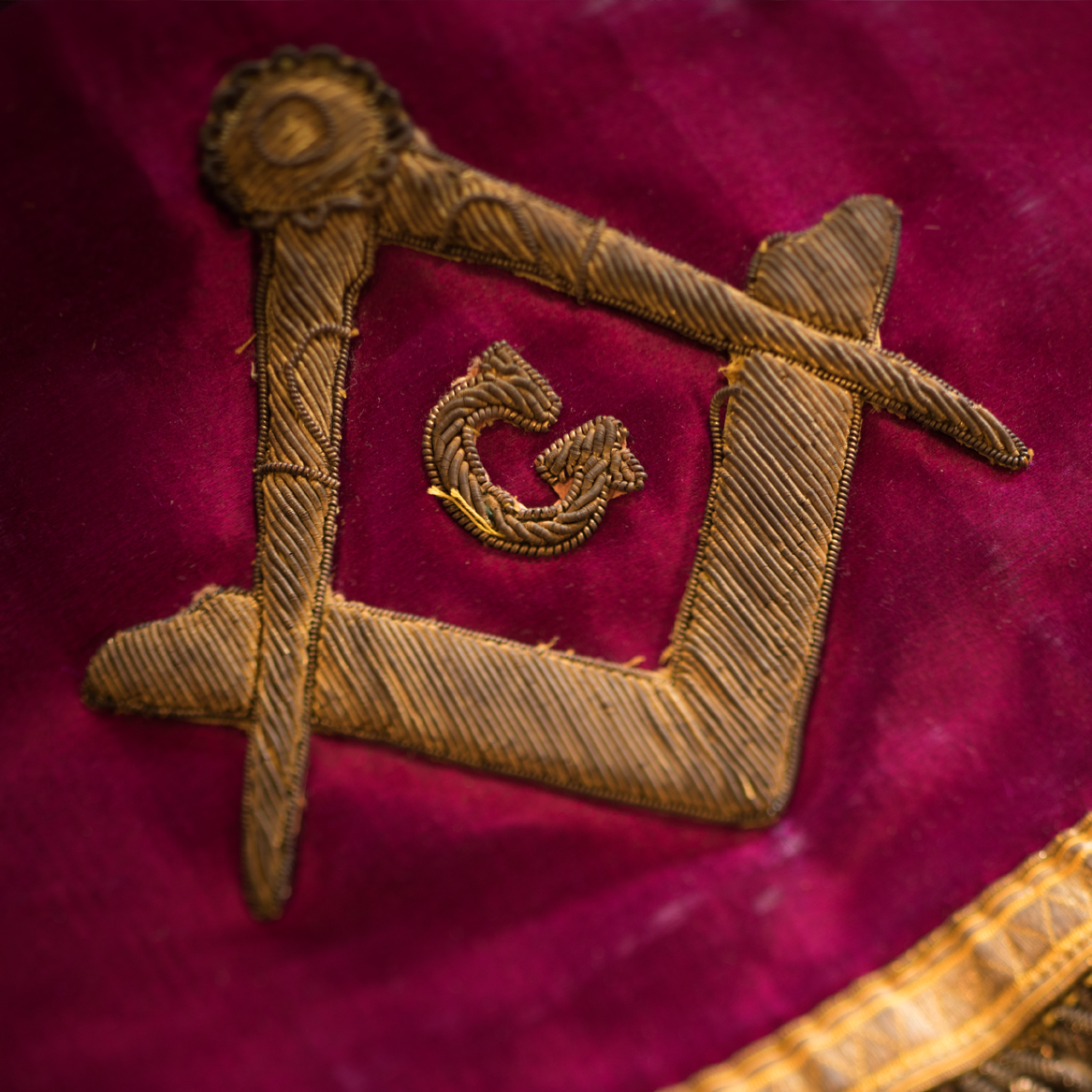A Detailed Guide on How to Join a Masonic Lodge In Your Area
A Detailed Guide on How to Join a Masonic Lodge In Your Area
Blog Article
Checking Out the Mysteries of the copyright: What You Need to Know
The copyright, a term often shrouded in intrigue and debate, represents a complicated tapestry of historic fact and modern myth. Established in the late 18th century, this secret society was at first rooted in the Knowledge's perfects yet has because ended up being identified with conspiracy theory concepts concerning elite control.
Beginnings of the copyright
The origins of the copyright are soaked in a mix of historical intrigue and ideological fervor. Established in 1776 in Ingolstadt, Bavaria, by Adam Weishaupt, the group was at first developed as a secret society aimed at advertising Enlightenment suitables such as reason, secularism, and the separation of church and state. join freemason. Weishaupt, a professor of canon law, sought to challenge the prevailing authority of the church and state, which he viewed as oppressive organizations stifling intellectual and personal freedom
The copyright sought to hire significant members from various societal markets, consisting of politics, academia, and the arts, to foster a network dedicated to these Knowledge concepts. The culture run under a shroud of secrecy, employing coded language and routines to shield its participants from oppression, particularly provided the repressive environment of the time. The copyright dealt with considerable resistance from both governmental authorities and spiritual establishments, which checked out the group as a threat to their power.
Trick Figures and Members
That were the critical figures that formed the copyright's early influence and instructions? The Bavarian copyright, established in 1776 by Adam Weishaupt, became a response to the overbearing social structures of the moment. Weishaupt, a legislation professor, imagined the organization as a way to promote Knowledge ideals such as factor, secularism, and equality. His first recruitment initiatives included influential pundits, such as Baron von Knigge, who played an essential duty in broadening the team's membership and business structure.
Another substantial number was Johann Gottlieb Fichte, a prominent philosopher whose ideas on nationalism and education and learning resonated with the copyright's goals. Although Fichte was not a formal member, his thoughtful foundations affected the team's belief. In addition, figures like the author and thinker Johann Wolfgang von Goethe were associated with the wider intellectual activities of the moment, although their direct involvement with the copyright continues to be questioned.
These key numbers contributed to the copyright's early instructions, pushing the limits of political and social idea, while their collective initiatives intended to test established norms and promote an environment of progressive modification in Europe. (join freemason)
Misconceptions vs. Fact
Several misconceptions surround the copyright, often blending truth with fiction in a way that covers its real nature. The idea that the copyright continues to put in considerable influence over world events is a myth.
Another prevalent myth is that the copyright comprises a network of elite people adjusting international events. Actually, lots of conspiracy theory theories exaggerate the group's significance, attributing unproven intentions to societal patterns and occasions. This has resulted in an oversimplified view of complex concerns.
In addition, the representation of the copyright in prominent culture frequently further distorts its heritage. Movies and literature tend to sensationalize the company's function, producing a narrative that splits from historical facts. Recognizing the distinction between the misconceptions and the truth of the copyright is important for discerning the real impact of this historical team and acknowledging the broader effects of conspiracy theories in modern society.

Modern Analyses
Contemporary analyses of the copyright usually mirror wider societal anxieties and an attraction with privacy and power. This contemporary lens frequently associates the copyright with conspiracy theory concepts that suggest a covert elite orchestrates globe occasions, adjusting federal governments and economic climates for their own gain. Such narratives take advantage of a deep-seated distrust of authority, specifically in times of dilemma or social upheaval.
In popular society, the copyright is frequently shown as a supreme organization shrouded in enigma, causing a huge selection of fictional representations in literature, film, and songs. This portrayal serves not just to captivate yet likewise to provoke assumed concerning the nature of power and control in modern society. Social network has better magnified these interpretations, permitting rapid circulation of conspiracy concepts and producing communities that share and broaden upon these ideas.
Additionally, some modern analyses frame the copyright as an allegory for the benefit of joining freemason intricacies of globalization and the interconnectedness of prominent individuals and companies. This viewpoint encourages a vital assessment of how power characteristics operate in today's world, highlighting the equilibrium between openness and privacy in governance and company practices.
Cultural Effect and Heritage
Influenced by centuries of intrigue, the cultural impact and tradition of the copyright prolong much past its historic origins. This secret society, established in the late 18th century, has permeated different aspects of pop culture, from literary works and film to music and art. join freemason. The concept of the copyright has developed into an icon of conspiracy theory concepts, often representing a viewed covert power controling worldwide occasions
In literary works, authors like Dan Brown have woven the copyright into complex stories, fascinating visitors with styles of privacy and power. Films such as "National Treasure" and "The Da Vinci Code" even more continue the attraction of the culture, mixing truth with fiction to produce appealing narratives.

Ultimately, the copyright's legacy is a complicated tapestry of myth and truth, shaping understandings of secrecy and control in contemporary discourse. Its enduring visibility in society emphasizes mankind's seasonal pursuit for recognizing surprise facts.

Conclusion
The exploration of the copyright exposes an intricate interaction in between historical facts and modern myth-making. Established in the Enlightenment period, this society aimed to challenge oppressive structures, yet its tradition has been eclipsed by conspiracy theory concepts that recommend elite adjustment. Recognizing the differences in between the initial perfects and modern analyses is important for comprehending the enduring fascination with the copyright and its significant influence on social stories bordering power and privacy in culture.
Report this page